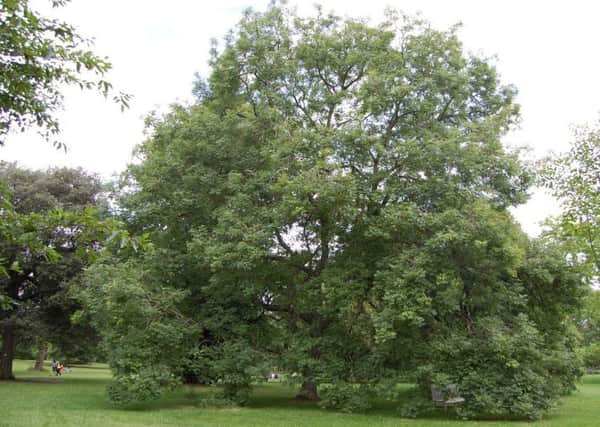New hope in bid to halt tree diseases


A study led by University of York academics has identified genetic markers which can be used to predict whether specific trees in populations of ash will succumb to ash dieback disease, or can tolerate and survive the fungal pathogen that causes it.
Researchers said the technique could help maintain the ash tree in the UK through pre-screening of individual tree seedlings to identify non disease-susceptible individuals before they are planted out.
Advertisement
Hide AdAdvertisement
Hide AdAcross Europe, the European ash tree is being seriously affected by dieback with only two per cent of trees surviving in areas where it is well established.
The disease was first discovered in the UK in 2012 and has since been detected at more than 1,000 different sites. There are 157,000 hectares of ash woodland in the UK, and an additional 12 million ash trees outside those areas, in parks, gardens, hedgerows and along roads, which are also at risk.
Prof Ian Bancroft, of the Centre for Novel Agricultural Products at York University, said: “The approach we’ve used has never previously been used to screen for disease-resistant plants and in principle could be applied to identify disease tolerance in other species of trees that are currently being threatened by a range of tree pests.”
Dorothy Fairburn, regional director for the Country Land and Business Association, said: “At least one new major tree pest or disease affects the UK every year, which is why research is so important. Measures must be put in place to halt the spread of further devastation in our trees and woodlands.”